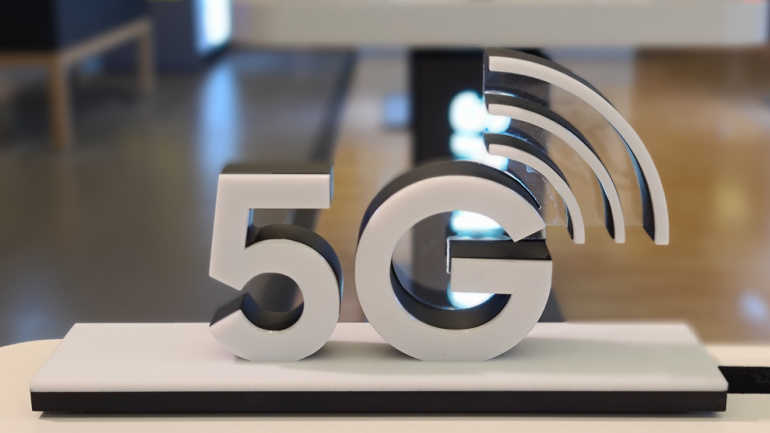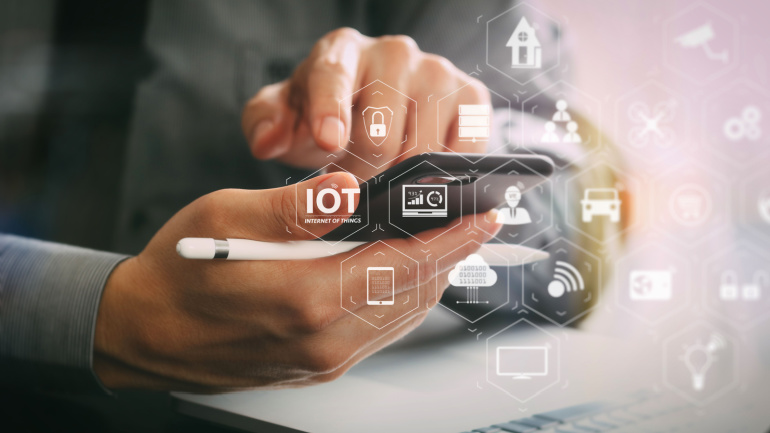As Poland launches its long-awaited 5G spectrum auction in the 3.5GHz band, all four national mobile operators are joining the race. With COVID-19 delays and governmental cybersecurity amendments posing uncertainties, the stakes remain high in Poland’s quest for competitive 5G capabilities. As the process evolves, international eyes are keenly watching the influence of these audacious moves on the global telecommunications landscape.
In an audacious move against China’s tech supremacy, the U.S. has issued an executive order curbing American investment in several Chinese industries. Citing national security fears linked to the development of military, surveillance, and cyber technology in China, the U.S. declared a national emergency facilitating swift action. This could significantly impact sectors such as semiconductors and quantum computing, and might also influence global investment trend.
Amid declining telco capital expenditures impacting vendor profits, private cellular networking shines as a beacon of hope. Recent research reveals a significant 60% YoY increase in Q2 revenues for private cellular networking equipment, offering new revenue streams for industry giants like Ericsson and Nokia. However, with greater benefits come complex challenges that, if overcome, could potentially catapult the market worth to a substantial $7.7 billion by 2027.
Intel and Samsung amplify their alliance to revolutionize virtualized Radio Access Network (vRAN) technology. With Intel driving RAN processes into a generalized realm and Samsung narrowing the divide with formidable RAN vendors, vRAN emerges as an attractive alternative to traditional RAN. But will the telecom industry celebrate this technological feat with the same fervor?
The intriguing merger between Dish Network and EchoStar creates a powerful entity in wireless connectivity, poised to lead in both terrestrial and non-terrestrial realms. Fusing Dish’s comprehensive services with EchoStar’s satellite solutions promises robust connectivity options, utilizing a vast array of technology and expertise. Yet, beyond the marriage of technology, the merger is primarily a tale of economic survival and growth. The incorporation of EchoStar’s financial stability into Dish’s uncertainty may just be the lifeline
TDS, UScellular’s parent company, is reportedly reviewing strategic paths for the mobile operator, with market whispers around a possible sale or welcoming new investors, guided by Citi advisor. Currently the fifth-largest mobile service provider in the U.S., UScellular’s assets, including investment in 5G and numerous mobile towers, make it an attractive prospect for big-name telecoms like T-Mobile, Verizon, and AT&T. However, its segmented presence may pose challenges.
Cybersecurity landscape has been rapidly changing, as hackers abandon phishing for exploiting software vulnerabilities, a trend illuminated in a study by Akamai. The study revealed a dramatic 143% increase in victims during Q1, predominantly due to surging incidents of zero-day and one-day vulnerabilities. Surprisingly, smaller organizations, particularly those within manufacturing, business services, retail, construction, and education sectors are often targeted.
Avaya, a global leader in customer experience solutions, announced today that it has been awarded a cooperative purchasing contract in the Unified Communications and Contact Centre categories at Sourcewell ─ the leading Government Cooperative Purchasing Organisation in North America with more than 500 competitively solicited contracts to government, education, and nonprofit entities
A groundbreaking discovery at the University of the West of Scotland reveals a transformative way to convert human energy into electricity, powered by a 3D graphene foam material. Primed to revitalize the IoT industry, this research spotlights a pressure-sensitive mat that could generate power simply through human footfalls. Offering a unique solution to energy management, this technology could minimize the environmental impact, while fostering a new era of wireless connectivity.
Bringing 4G to the UK’s remotest realms, Three UK has established 100 dedicated sites through the Shared Rural Network (SRN). This initiative enhances coverage by around 2,800km2, reaching over 37,000 new premises. However, with the ambitious goal to extend 4G coverage to 95% of the country by 2025, one can’t help but ponder, is the UK on pace to meet this target? Participate in the discussion at the Connected Britain digital economy event.













